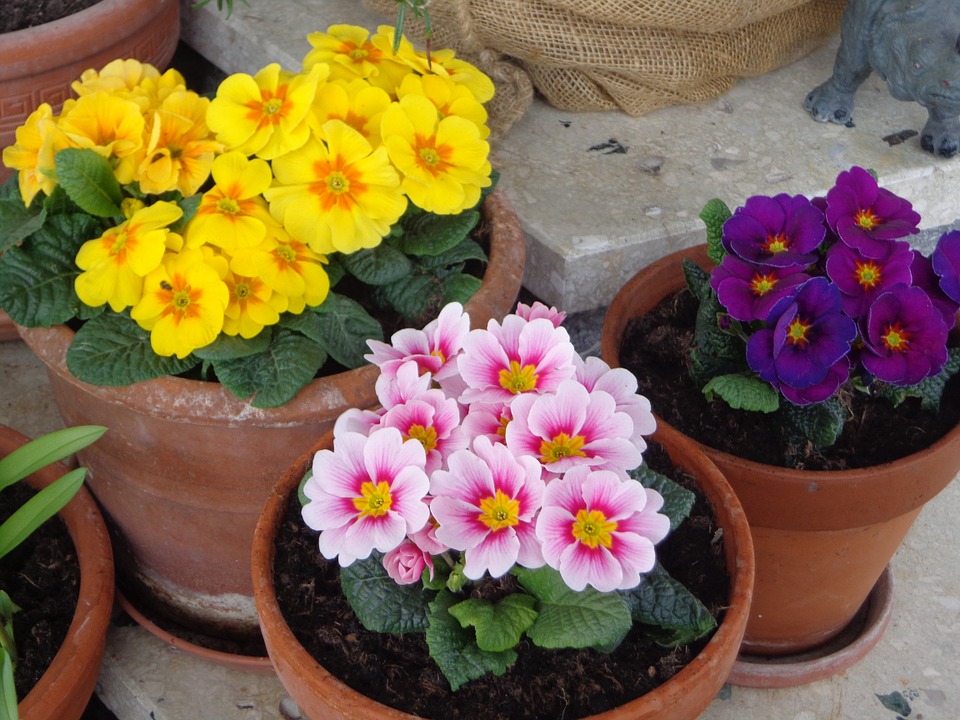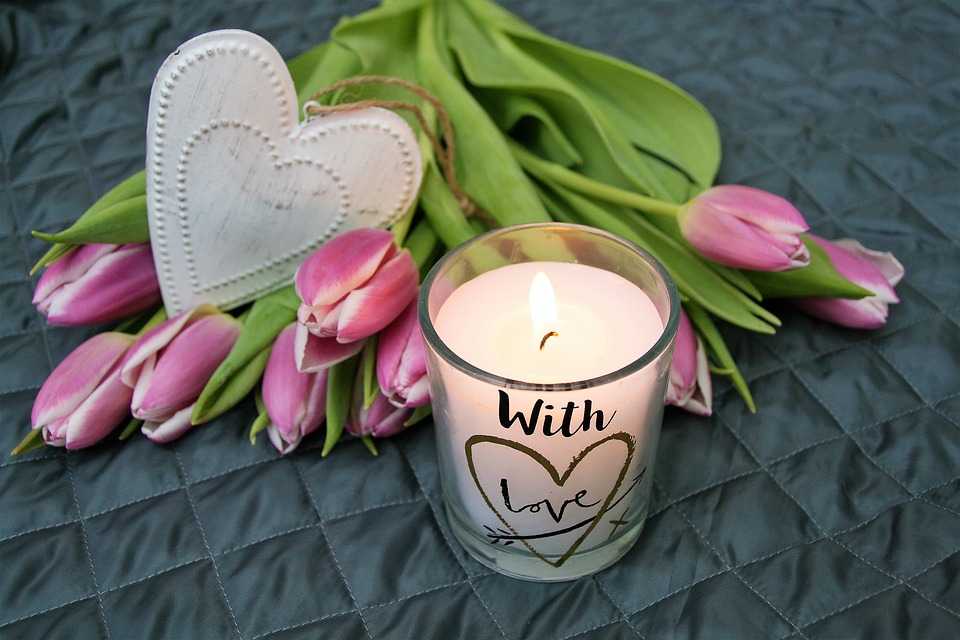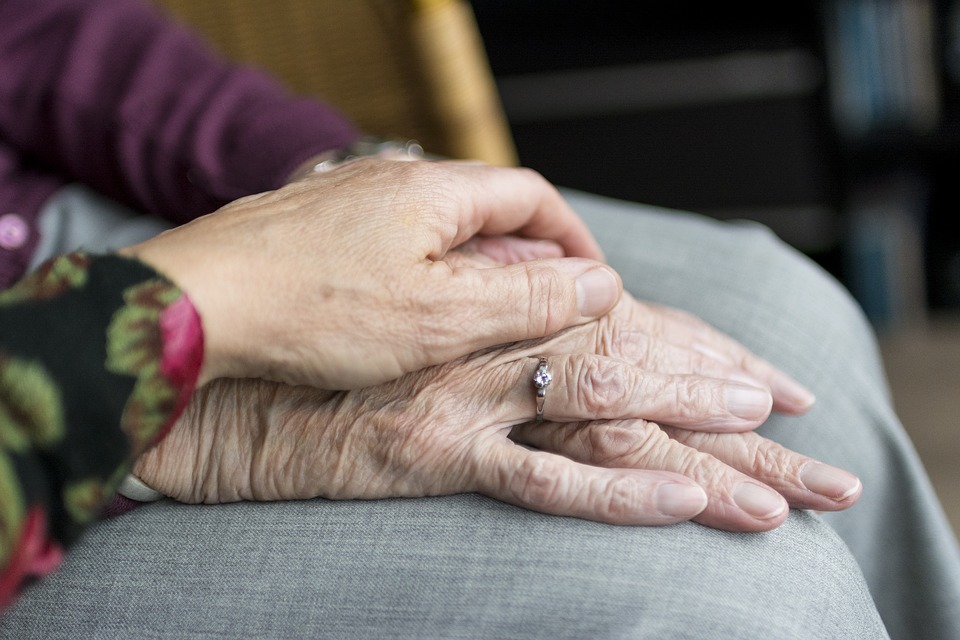In one of her brilliant ideas columns, Jan Millward wisely said: “Not everyone is a mother, but everyone has, or has had, a mother.” Thinking about Mothering Sunday in this way is a really good tip to make sure everyone is included as part of your activities.
Here are some of the ways you can include everyone…
Giving posies: Use this as an activity earlier in the week, where some of the more able residents can help with cuttings from the garden. Everyone can help to create pretty little posies tied with ribbon, to be given out over breakfast that morning.
Flower arranging: This is a great sensory activity, either in the week before or on the morning of Mothering Sunday. The vases of flowers can then be used to decorate the care home over the weekend.
Potted primroses: If the weather is nice, potting primroses into pretty terracotta pots is a great outdoor activity. Everyone can be involved and everyone can have one in their room for the following week or so.

Baking together: If you’re hosting a Mother’s Day afternoon tea or coffee morning, spend time beforehand with the residents by baking cookies or a cake, and decorating them. Let everyone have fun with the icing and sprinkles!
Morning walk: If the weather is nice, get out with a group of residents for a walk and a natter. It will give a focus to their day and ensure everyone feels refreshed.
Church: For some residents, going to church on Mothering Sunday is really important. You could arrange a morning trip to the local church service or even combine it with a walk, as above. If you can’t get residents to the church, speak to the local vicar about whether they could do some form of service for you at the home.

Mother’s Day reminiscence: This is a great activity for the whole home to be a part of. Try to arrange it so that care staff, residents, family and friends can all be involved. A good topic to start with is to ask what people remember about their mothers – what her favourite music was, what she liked to wear, what she liked to cook, did she work? Ask for old mother-and-baby photos and see if people can match the baby to the resident, or the mother to the resident. Get people to hand the photos around and talk about the houses they grew up in. Do they remember if their mother sang to them to get them to sleep? What stories did she tell them? What games did she play with them? What naughty things did they do to make her cross? Make sure families join in with this, and care staff too – encourage them to bring their own mothers into the care home if appropriate, so they can see where they work and feel a part of the celebrations.
Baby and toddler group: Could you run a baby and toddler group on Mothering Sunday for residents’ families to bring their little ones in? The benefits for your residents of spending time with children are endless, and it provides a happy, warm, family atmosphere that they will relish. It also makes it easier for children to bring in grandchildren without worrying about how they’ll behave or be entertained.
Family and friends event: Coffee mornings, afternoon teas or a Mother’s Day lunch are all good ways to make it easy for family and friends to spend the day with you and feel part of the celebrations. Make sure the tables are beautifully laid, with flowers and even mini presents, posies or chocolates for the mothers.

Pampering sessions: Offer hair and beauty pampering sessions in the mornings for the mothers in your home – a really lovely way to make them feel special.
Movie afternoon: When family have left, it can feel a bit flat. Organise a movie matinee for the afternoon, and pick something familiar and happy.
Tips For Including Families
Always remember how painful this day can be for those families who visit and struggle to connect with their mothers. You could organise short, one-on-one reminiscence sessions with these families, where they could talk about their happy memories of their mother, play her favourite music, smell her favourite flowers, give her a gentle hand massage, or recite nursery rhymes together. Sometimes just ten minutes of careful guidance is enough for people to see the simple ways they can reconnect.

For gifts, if people need help knowing what to bring, recommend things like hand creams, bubble bath, perfumes, chocolates and bright, scented flowers. Non-slip bed socks, a new dressing gown or fresh new pillowcases are all a nice thoughtful touch too. This could also be a great day for families to start working on a life-story book or photo album that you can go through together in the future. Personal things such as photos in a frame or videos of grandchildren saying hello are often a lovely idea too.
Some families may want to take their mother out, or it may not even have occurred to them. Remind them that this is a possibility and do all you can to ensure they feel able to manage this, whether it’s a short walk around the local park or a smart dinner out. If family can’t be there, they may want to call their mother on the day. Again, make sure this is factored in to the day’s plans and is something that can be easily achieved.
The Care Team
Take a moment to think about how you could involve the care staff on duty that day as well. They too have mothers they may wish to see, but they are working instead. Encourage an activity, such as the reminiscence above, that allows them to share happy memories or music they and their mother loved, for instance. Or make sure there are spare potted primroses or a posy, or a slice of cake, for them to take home to their mothers at the end of the day.





